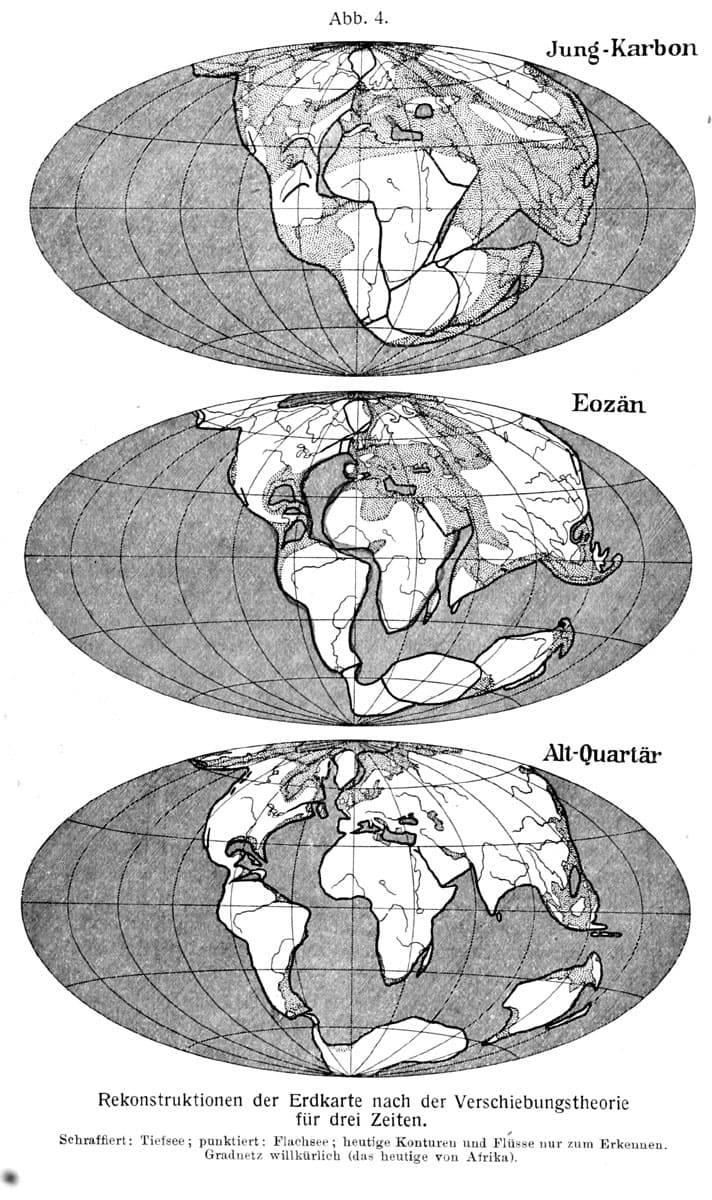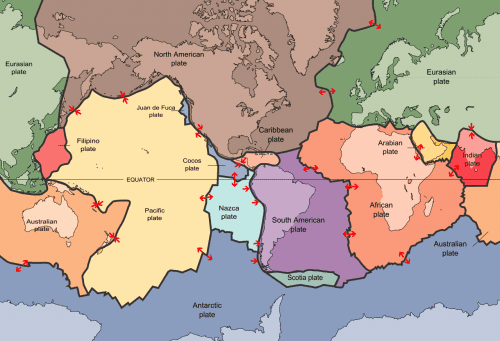
Alfred Wegener
Continental drift theory is credited to Alfred Wegener, who was born on 1st November 1880 in Berlin, Germany but alas for geology as a science his theory contributed immensely to it. Former meteorologist Wegener hypothesized that Earth ever had a single supercontinent, Pangea, and continents drifted to the position they occupy now.

In 1912, Wegener published the evidence for this among which include complementary girdle of coasts, similar geologic and paleontologic provinces.

However, Wegener’s theory met significant opposition at best from paleontologists, mainly because he could not offer a clear explanation of how continents shifted. Due to this non-acceptance, Wegener’s ideas did not receive much acknowledgment when he was still alive.

Wegener was committed both in his work and in his private life; he married another meteorologist Elsie Köppen in 1913 and with whom he discussed discoveries scientifically.


Today his theory of continental drift is one of the cornerstones of geology constituting the framework of the modern plate tectonics theory. He has been determined and courageous in his work, thus becoming an example of one of the leading scientists, known today. This case of Wegener proves the significance of the spirit of the continuous struggle toward scientifically discovering the mysteries of principles in our existence.